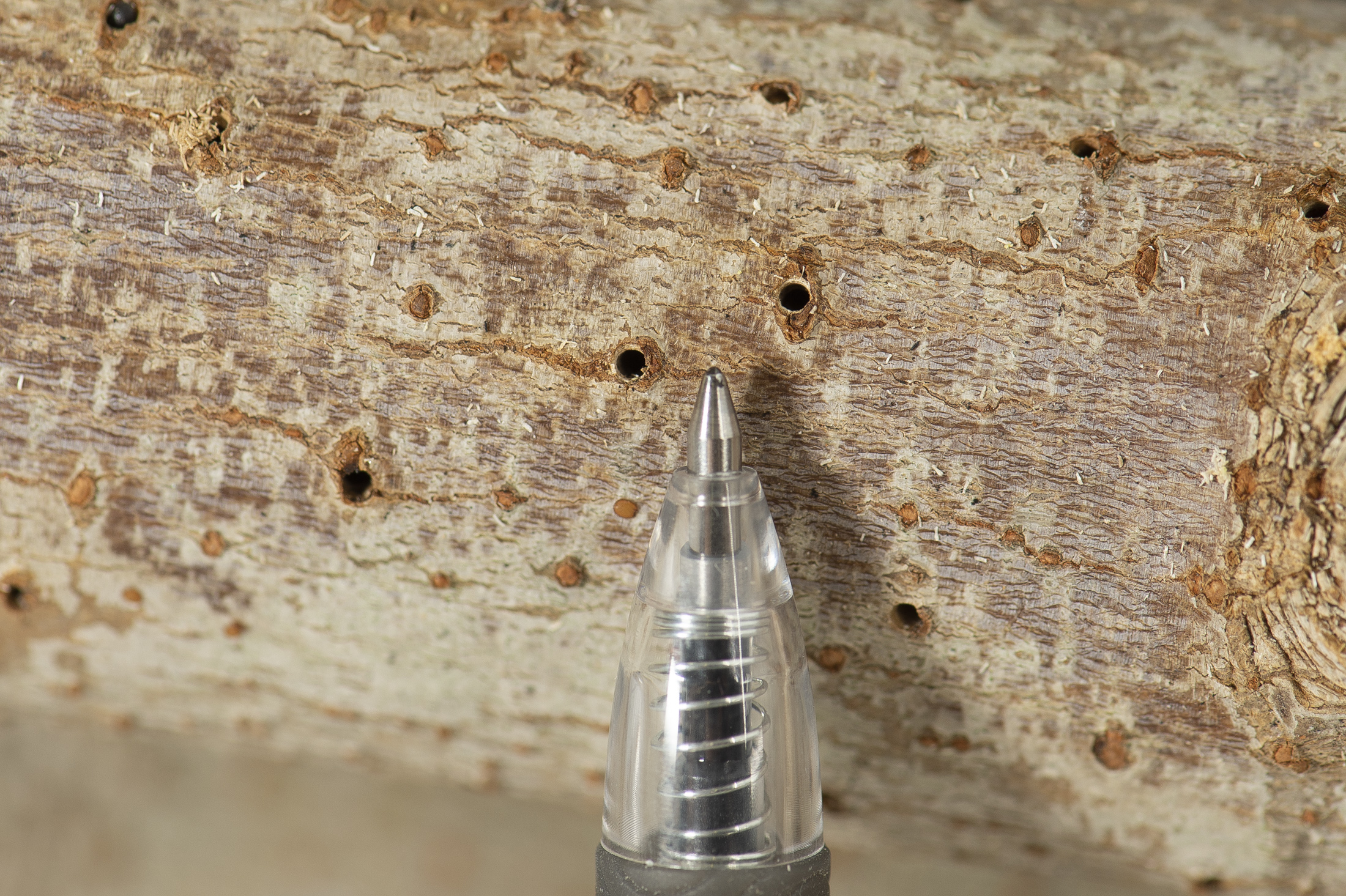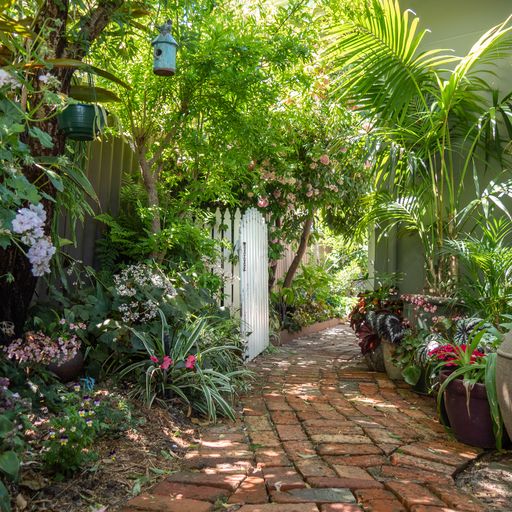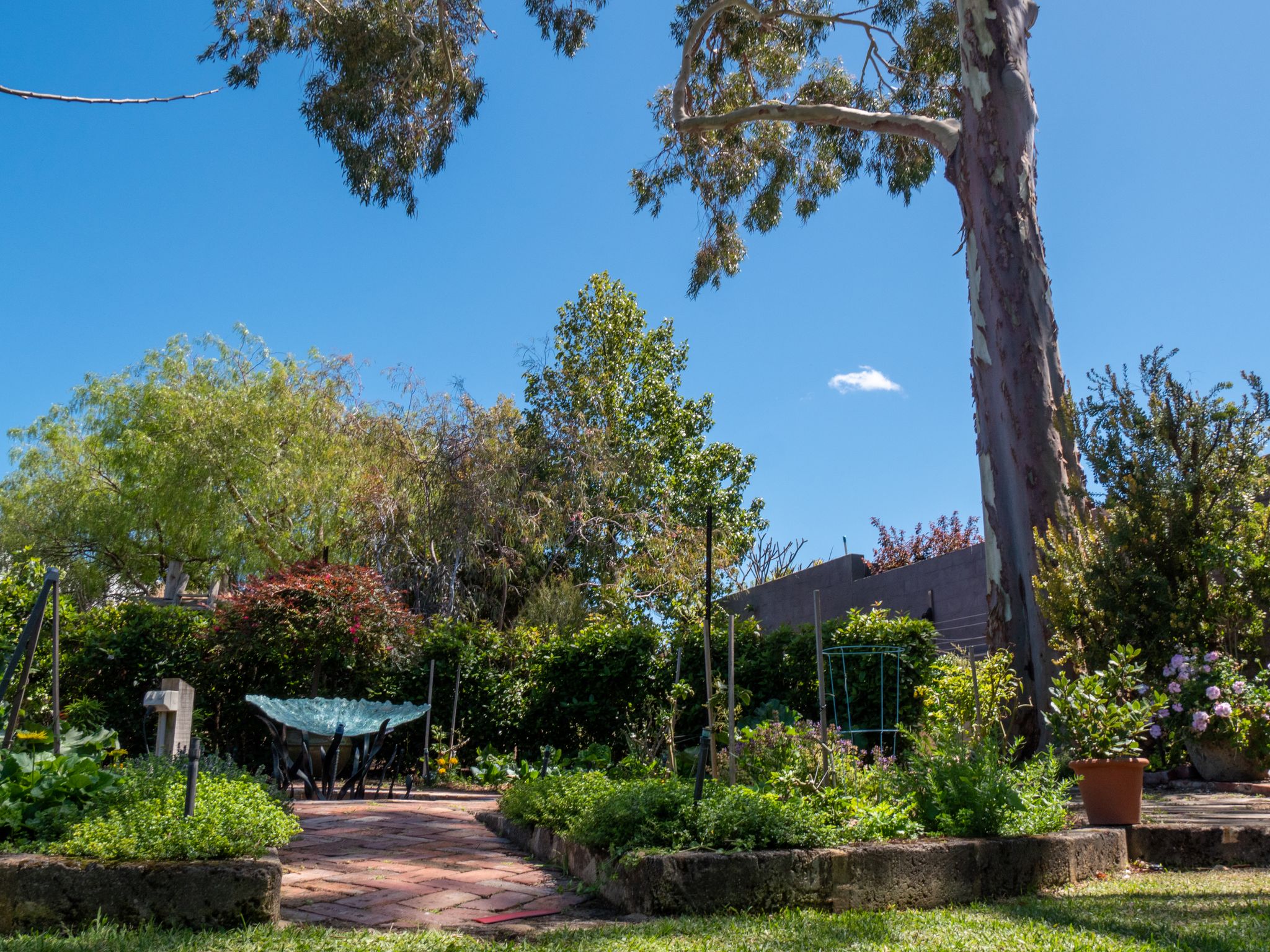If you have seen this in any of your fruit, then you know without a doubt you have rats playing in your garden. They prefer a healthy diet of 3 fruit and 2 veg a day!
Over the winter months rats will be looking for a nice warm spot to keep warm and safe, this will probably be in your shed, the roof cavity or inside the walls. The first call to action is to reach for the rat baits and hope this is effective in dropping the numbers before they breed up.
The major problem with many rat baits is they cause secondary poisoning to many native animals and birds and of course our pets. It’s our responsibility to select the right bait that protects native wildlife and our pets by educating ourselves on using the right kind of baits.
Rat and mice poisons are called rodenticides and have been around for a long time. The new second generation rodenticides have a much longer lasting affect causing secondary poisoning on the animals that eat the rodents. The reason for this is the entire rat becomes poisonous making it fatal for the birds and mammals that encounter tainted rodents.
Owls are particularly prone to secondary poisoning. Edith Cowan University senior lecturer in wildlife biology Robert Davis said hundreds of species were harmed or killed every year by secondary poisoning. “In one of our studies, we found over 70 per cent of southern boobook owls have toxic levels of poison in them,” he said.
Unfortunately, secondary poisoning is widespread throughout ecosystems around Australia and have been detected in several species such as bobtail lizards, snakes, and dingoes and birds of prey.
In the first generation or older style rat baits like Ratsak and Racumen, the only portion of the poison that remains is the poison that is left undigested in the rat’s stomach, usually a very small amount.
When rats and mice ingest second-generation rodenticides like Talon, Bromakil, Tomcat — the whole rat becomes poisonous, when this is fed to baby birds, or eaten by wildlife it has a devastating effect. Native wildlife has no capacity to deal with these types of poisons and nor does your dog or cat.
Please read the label on mice and rat bait before you purchase it, choose baits that have an ingredient called coumatetralyl or alternatives like Yates rat sack naturals.
Top Tip: Avoid products that contain brodifacoum, often referred to as second-generation bait



